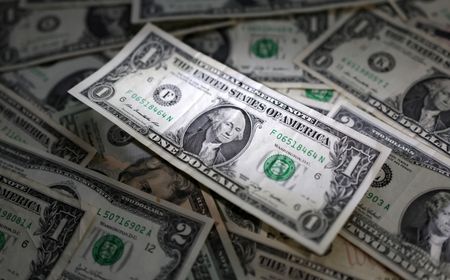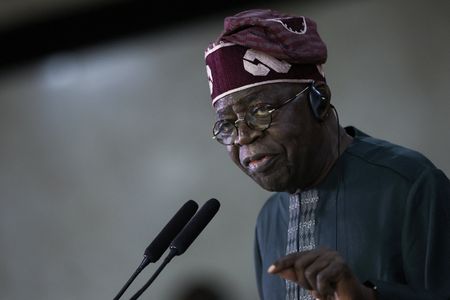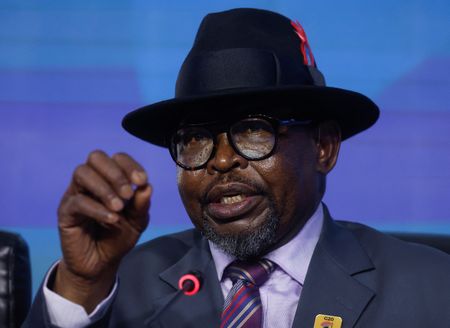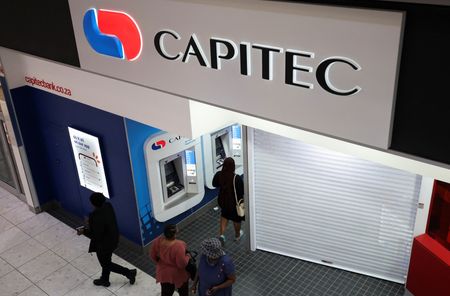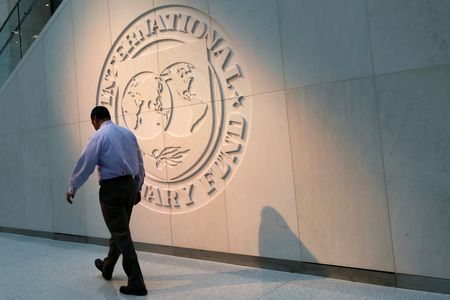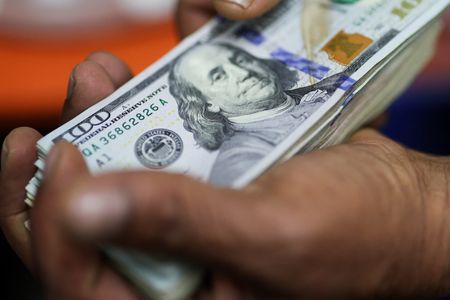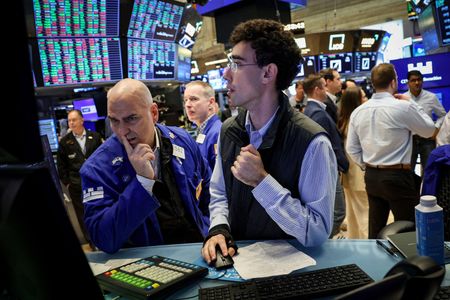By Kevin Buckland
TOKYO (Reuters) -The dollar sank to a one-week low versus major peers on Wednesday as the U.S. government entered a shutdown that is likely to delay the release of crucial jobs data.
Government funding expired at midnight in Washington (0400 GMT) after Republicans and Democrats failed to agree a last-minute interim deal.
Senate Republican Leader John Thune said the chamber would vote again on the House-passed measure on Wednesday. The Senate is due to convene at 1400 GMT.
The dollar index, which gauges the currency against six counterparts including the euro and yen, declined 0.2% to 97.635 as of 0521 GMT, and earlier dipped to 97.584 for the first time since last Wednesday.
U.S. President Donald Trump warned congressional Democrats on Tuesday that letting the federal government shut down would allow his administration to take “irreversible” actions including closing programs important to them.
The U.S. Labor and Commerce departments said their statistics agencies would halt data releases in the event of a partial shutdown. That includes Friday’s scheduled nonfarm payrolls release, which is seen by markets as key in determining whether a Federal Reserve interest rate cut is likely at the end of this month.
U.S. JOBS IN FOCUS
Overnight, a mixed reading for the Bureau of Labor Statistics’ Job Openings and Labor Turnover Survey, or JOLTS, pressured the dollar. The report showed U.S. job openings increased marginally in August while hiring declined, consistent with a softening labour market.
In the absence of official data, more emphasis will fall on private-sector economic indicators. The ADP employment report is due later on Wednesday.
The length of any shutdown may be key for markets, as the Fed’s next policy decision on October 29 remains weeks away. Traders currently see a quarter-point cut then as a near certainty, with market-implied odds of around 95%, according to LSEG data.
“The USD will resume its fall today if the political discourse suggests an extended shutdown,” said Joseph Capurso, head of foreign exchange at Commonwealth Bank of Australia.
“More weak U.S. economic data can add to the weight on the USD,” he added.
The euro rose as much as 0.3% to $1.1767, the highest since September 24.
The dollar slipped 0.3% to touch 147.46 for the first time since September 19, adding to a three-day, 1.2% slide.
Traders largely ignored the release of the Bank of Japan’s quarterly “tankan” corporate sentiment survey on Wednesday, even though central bank policymakers had flagged it as key to determining the timing of a resumption of rate hikes.
BOJ’S HAWKISH SHIFT
Confidence among big Japanese manufacturers improved for the second straight quarter and firms maintained their upbeat spending plans, the survey showed.
BOJ officials have tilted more hawkish in recent days, including formerly dovish board member Asahi Noguchi, who said on Monday that the need for policy tightening was increasing “more than ever.”
BOJ Deputy Governor Shinichi Uchida and Governor Kazuo Ueda are due to give speeches on Thursday and Friday, respectively.
Traders currently lay 40% odds on a quarter-point rate increase in Japan on October 30, according to LSEG data.
“The BOJ does not actually appear especially worried about how Trump tariffs might affect the Japanese economy,” said Yusuke Matsuo, senior markets economist at Mizuho Securities.
“The potential impact of Trump tariffs on the U.S. economy, meanwhile, looks to be the sole remaining stumbling block,” he said.
The BOJ’s rate decision this month “will ultimately hinge in greatest part on the central bank’s degree of confidence vis-à-vis the trajectory of the U.S. economy,” Matsuo added.
(Reporting by Kevin Buckland; Editing by Jamie Freed)

